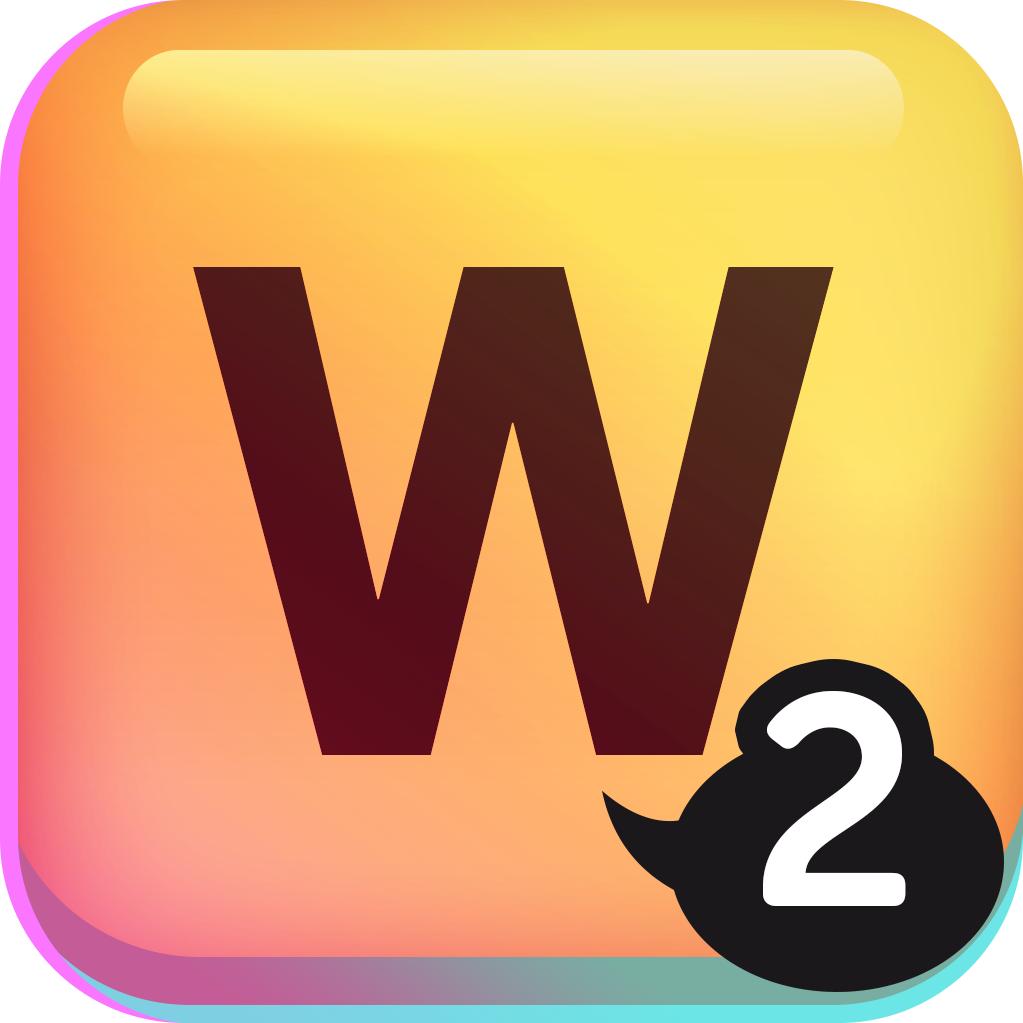
Zynga, a San Francisco-based gaming company, likes to tout the fact that people around the world are playing about 57 million “matches” on Words With Friends at any given moment. Impressive as the statistic sounds, given that this number is greater than the entire population Spain, it’s also one that has been holding fairly steady for years.
With the hopes of attracting new users and making loyal players of the game more loyal still, Zynga announced on Wednesday that it is launching Words With Friends 2, the “biggest evolution of the product” since it debuted in 2009. That’s a long time in the tech world. Zynga itself brands Words With Friends as one of its “forever franchises,” meaning that it is meant to endure for decades.
The challenge with games like Words With Friends is trying to reinvent them, so they don’t feel stale, without changing them too much, so users don’t revolt. (Recall the panic when players believed that proper nouns were going to be allowed to defile the game of Scrabble, a close cousin to Words With Friends.) That is why the rules and “core game play” will remain unchanged in this new iteration: Players get tiles. They spell words. They earn points.
But there are new ways that users will be able to play, which are a good fit for an era when people have the attention spans of goldfish. Gurpreet Singh, the game’s director of product, describes them as “bite-sized” styles of play that users can turn to when they really don’t feel like waiting a day, or even two minutes, for the other player to make their move.

One is called Solo Challenge, in which players face a changing menagerie of bots that present varying levels of difficulty. The board is a compact version of the classic grid and each player has only five moves, rather than the typical 18. Beat all the bots, win a virtual prize. Then in several days, a new set of characters will appear — a Halloween version was populated by the likes of “Grisly Ghost” — and users can work their way through the bots again. A player might breeze through an easy level in five minutes or battle a harder bot for an hour.
Another is called Lightning Round, which is about as close as word games get to being blood-pumping. In real time, two teams of five players go head-to-head, trying to reach a predetermined point total as fast as possible. Each player starts with a board, spells a word and then that board is passed to the next teammate, like gizmos on an assembly line. It rewards speed rather than slow, methodical thinking and will deeply absorb a (panicking) word nerd for about two minutes from start to finish.
Zynga has been shifting its gameplay from the web to mobile for the last several years, after getting jumpstarted on Facebook with the likes of FarmVille. And among the biggest changes in Words With Friends 2 is a refresh to the app’s interface: lighter colors and bigger fonts are designed to make the game feel more “modern” and “less dark,” as lead designer Michelle David puts it. It feels less cluttered and easier to navigate. Other little changes, like an update that allows users to get the definition of a word by tapping on it on a game board, also make maneuvering easier.
Users may also find that they’re noticing more enticement to buy things. The business model for franchises like Words With Friends is two-fold: there has been advertising in the app, and there will continue to be. (If users already paid for an ad-free version of the original game, they’ll be grandfathered in with this update. Otherwise they’re stuck with ads in Words With Friends 2.)
Then there are “virtual goods” that can be purchased with “coins.” Players must use coins to open new levels on Solo Challenge, for example, if they want to play them right away. They can also use them to buy “boosts” that help in game play, aids that some purists refer to as cheats. These can do things like reveal all the squares on the board where an eligible word could be played.
Zynga has been working hard on a “turnaround” following a disappointing IPO in 2011 and years of C-suite musical chairs, as well as employee layoffs. CEO Frank Gibeau, who took the helm in 2016, has placed emphasis on jazzing up the “forever franchises” like Words With Friends and Zynga Poker. This involves trying to come up with new content to fight what the company calls decay rate: the tendency for a game’s popularity to peak and then decline over time.
Words With Friends may not have the same hype it did when Alec Baldwin got thrown off a plane because he simply couldn’t stop playing. But the new version is refreshing. And it has appeal for the Boggle-loving types as well as the Scrabble-loving ones.
Correction: The original version of this article misspelled the name of the lead designer for Words With Friends. She is Michelle David, not Michelle Davis.
More Must-Reads from TIME
- Donald Trump Is TIME's 2024 Person of the Year
- Why We Chose Trump as Person of the Year
- Is Intermittent Fasting Good or Bad for You?
- The 100 Must-Read Books of 2024
- The 20 Best Christmas TV Episodes
- Column: If Optimism Feels Ridiculous Now, Try Hope
- The Future of Climate Action Is Trade Policy
- Merle Bombardieri Is Helping People Make the Baby Decision
Contact us at letters@time.com